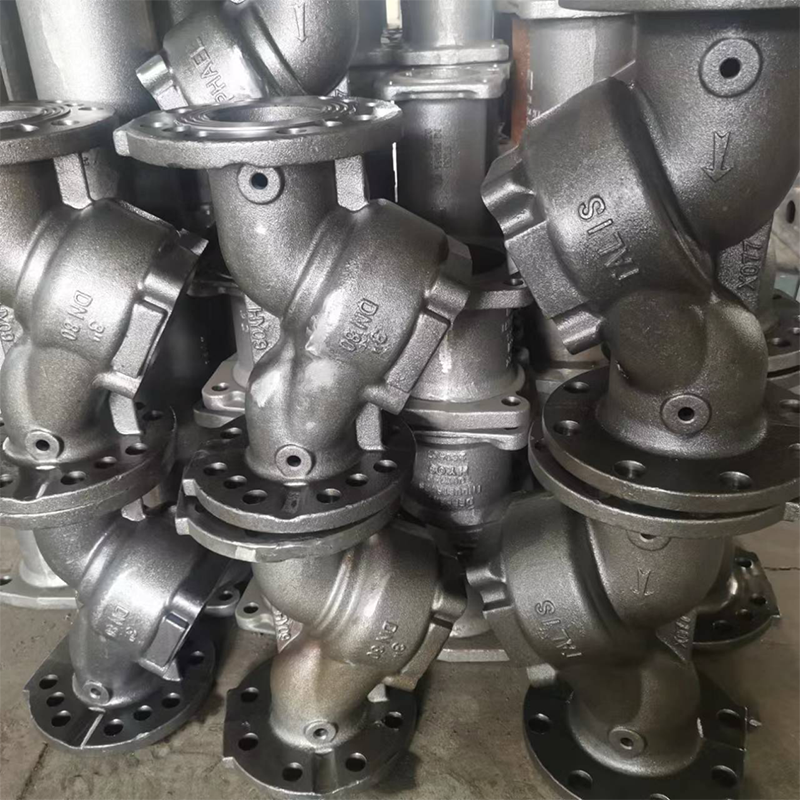On September 17, 2007, Evonik Industries of Germany launched a joint venture in China to build a state-of-the-art facility for producing methyl methacrylate (MMA) and acrylate specialty products within the Shanghai Chemical Industry Zone. This project, with a total investment of 250 million euros ($347 million), is designed to produce 100,000 tons per year of MMA, methacrylic acid, butyl methacrylate, and PMMA (polymethyl methacrylate, commonly known as plexiglass). The plant was expected to be completed and operational by mid-2009. This marked the third major foreign chemical company to invest in large-scale MMA production in China in recent years, signaling a growing international interest in the Chinese market.
The global demand for MMA has been rising rapidly, with an annual growth rate of around 6%, outpacing general economic growth. To meet this demand, two new world-scale facilities capable of producing 100,000 tons annually are needed. In Asia, the growth rate is particularly high at 7% to 8%, while North America and Western Europe grow more slowly at 3% to 4% and 1% to 2%, respectively. China, however, leads the way with an impressive 15% annual growth in MMA demand, making it a prime target for foreign investment.
Driven by strong domestic demand, many companies have entered the MMA market in recent years. For example, Shanghai Luite International started its 100,000-ton/year MMA plant in July 2005, while Japan’s Mitsubishi established a 90,000-ton/year facility in Huizhou, Guangdong, which began operations in July 2006. By 2006, five major MMA producers were operating in China, with a combined capacity of 298,000 tons/year. Additionally, over 500 smaller firms were involved in MMA production, contributing an estimated 120,000 tons in 2006. These small-scale producers mainly sourced raw materials from imports and focused on recycling or reprocessing PMMA.
Jilin Chemical Group also planned to expand its MMA production to 100,000 tons/year by 2007, using advanced foreign technology. As these projects came online, domestic supply increased significantly, reducing the need for imports. By 2006, China’s self-sufficiency rate for MMA had risen to 97.6%, up from 57.4% in 2004. With the completion of new projects, the domestic market is expected to become even more competitive.
In Asia, especially in China, demand for PMMA is surging due to its use in various industries such as electronics, advertising, and construction. The demand for light guide plates used in LCDs and for signage has grown rapidly. By 2006, over 300 PMMA manufacturers were active in China, though most operated in the low-end market. High-purity PMMA used in optical discs and TV screens is still limited, indicating room for growth.
MMA applications have expanded beyond traditional uses like casting plates into coatings, adhesives, ACR, MBS, textiles, medical materials, and composite plastics. New developments include high-impact, temperature-resistant, and anti-static PMMA, as well as specialized forms for optical fibers and large-scale structures.
Despite this progress, China's MMA industry remains concentrated in the north, while consumption is higher in the south, creating logistical challenges. Foreign investors, on the other hand, tend to locate near downstream industries in eastern and southern regions, reducing costs. To remain competitive, domestic producers must focus on cost reduction and quality improvement.
Currently, the application areas for MMA in China are still limited, with most products being low-value and technologically basic. Many downstream products are in early stages, with limited output and narrow usage. As a result, China continues to import significant amounts of MMA-based products. To address this, companies should collaborate with research institutions to develop high-value, high-tech downstream products, aiming for product diversification and improved quality.
Pipe fittings are threaded fittings that assist in making different plumbing configurations. Different types of pipe fittings come in many shapes and sizes, including y-fittings, couplings, reducers, tees, and elbows. Whatever the shape, the pipe fitting is connected to pipes and tubes to separate the equipment, as well as to close or seal a pipe.

Piping Fittings,Hydraulic Valve Accessories,Piping Valve Accessories,Control Valve Accessories
Dandong Haichuan Machinery Co., Ltd. , https://www.ddhccasting.com